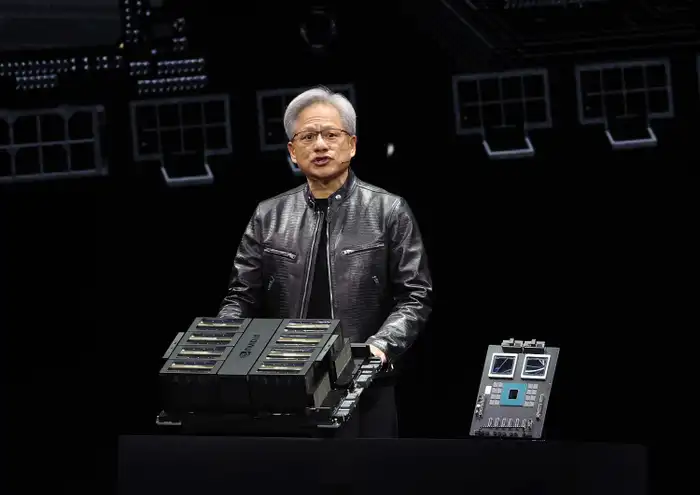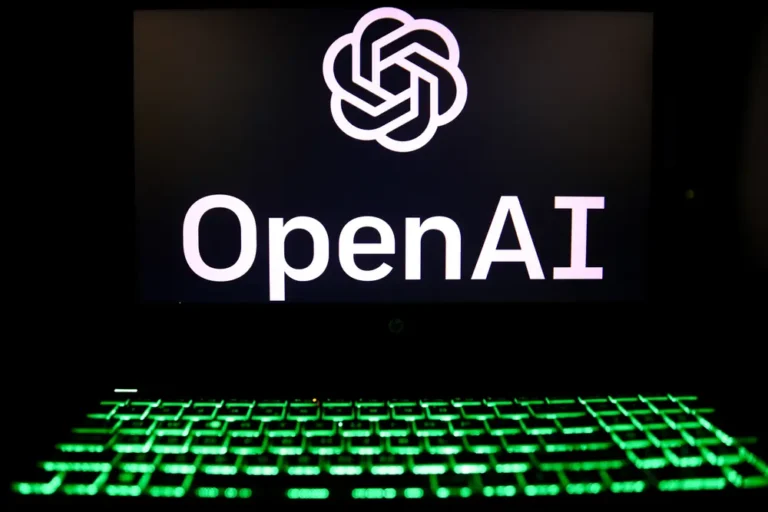America is ready to go big on AI infrastructure

Satya Nadella’s Microsoft and BlackRock have unveiled a $30 billion fund to boost investment into data centers and power infrastructure needed to support AI.
America is stepping up plans to maintain an edge in the generative AI race.
A key part of that strategy is making significant investments in domestic infrastructure — from data centers to chip production — so that it is less reliant on countries such as Taiwan, where tensions with neighboring China loom large.
On Tuesday, Microsoft and BlackRock announced the creation of a $30 billion mega-fund designed to “enhance American competitiveness in AI.” Its backers have committed to driving the “significant infrastructure investment” needed to make AI more powerful.
Critically, the firms behind the fund said these infrastructure investments “will be chiefly in the United States,” where it plans to fuel AI innovation and economic growth.
It means the fund — which involves the Global Infrastructure Partners unit BlackRock acquired in January and Abu Dhabi investment firm MGX — will “make investments in new and expanded data centers.” It will also fund the energy infrastructure needed to power them.
According to the fund’s backers, other investments will be directed to “US partner countries.” With debt financing, the fund’s overall size could reach $100 billion.
“The capital spending needed for AI infrastructure and the new energy to power it goes beyond what any single company or government can finance,” said Microsoft president Brad Smith.

Microsoft president Brad Smith.
If America is serious about leading on AI — something the next president will inevitably contend with as China ramps up its efforts — it has little choice but to future-proof the technology by building more critical infrastructure.
Data centers, chip manufacturing plants, and energy supply are all vital for making AI tick. But each of these domains is subject to potential pitfalls — be it supply chain vulnerabilities or demand bottlenecks.
The US got the ball rolling on supporting its self-sufficiency with semiconductors — the hardware developed by the likes of Nvidia to provide computing power for large language models — with the CHIPS Act, passed by Congress in 2022.
While Nvidia and other US tech firms have led the chip space by focusing on design, manufacturing has largely been outsourced to Taiwanese firm TSMC. Given rising fears over a possible Chinese invasion of Taiwan, there are concerns about supply chain security.

Chips designed by Nvidia are manufactured by Taiwanese firm TSMC.
Not all is steady on the data center and energy front, either.
A June report on global data center trends published by commercial real estate group CBRE found that “worldwide power shortage is significantly inhibiting the global data center market’s growth.” Lack of growth has been a key problem in the US, where the AI boom has led to data center vacancy rates dropping everywhere from Chicago to Northern Virginia.
That means data centers are in short supply, or, as the CBRE noted, “North American data center availability keeps tightening due to robust demand,” leading parts of the country’s tech industry to consider drastic measures. As the Financial Times reported last month, some Big Tech firms and their suppliers have even considered turning decommissioned power stations into data centers.
This supply shortage hasn’t gone unnoticed in Washington. Last week, the White House held a roundtable with top AI leaders from around the country to “discuss steps to ensure the United States continues to lead the world in AI” by focusing on the data center and energy issue.
With the likes of Nvidia’s Jensen Huang and OpenAI’s Sam Altman at the table, alongside top government officials such as Commerce Secretary Gina Raimondo, the discussion on American leadership in AI was tied to “national security, economic, and environmental goals.”
The headline result was the launch of a new task force on AI data center infrastructure, designed to underscore the vital importance of building out the infrastructure needed to maintain momentum in the generative AI race.
This may all be better late than never for the US. While the verdict is still out on the potential for the current AI boom to generate returns in the long run, it’s clear that AI will be a critical geopolitical issue for the US in the years ahead.
More infrastructure on home soil will help the US have greater control over its own destiny.






